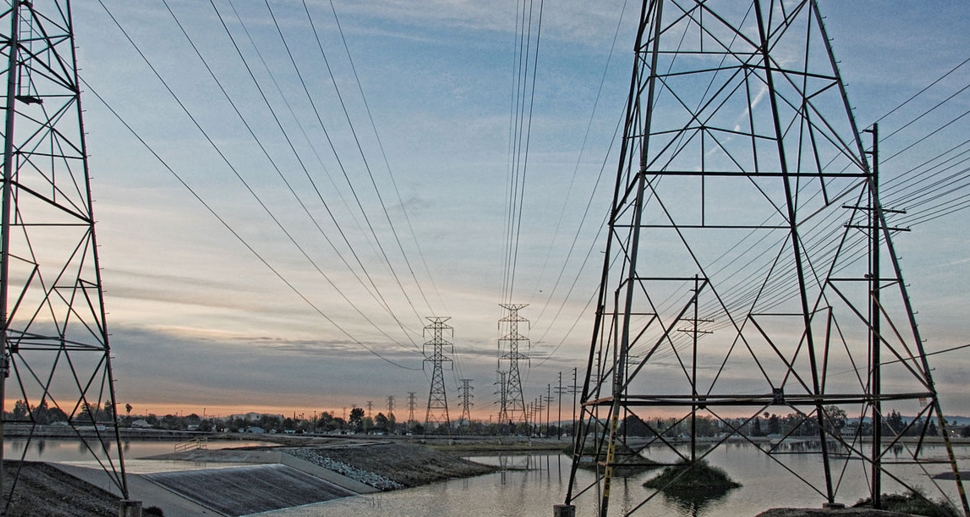Bitcoin now consuming more electricity than 12 U.S. states as inefficient “mining” heads for collapse
12/04/2017 / By Ethan Huff

You might not be able to see or touch it because it isn’t actually made up of real physical matter, but the digital cryptocurrency Bitcoin is still having an enormously tangible impact on the world – and no, we’re not talking about the way that it’s changing the financial landscape, in this case.
According to the Bitcoin Energy Consumption Index (BECI), a dataset compiled by Digiconomist, the amount of energy now required to mine and process Bitcoin is so unbelievably high that it exceeds the entire energy consumption levels of 12 states – and this is only the beginning.
While these 12 states are among the least populated – Alaska, Hawaii, Idaho, Maine, Montana, New Hampshire, New Mexico, North Dakota, Rhode Island, South Dakota, Vermont, and Wyoming – the correlation still offers unique insight into the vast amounts of electricity being sucked up by the Bitcoin vortex.
According to the Digiconomist report, the total estimated amount of electricity consumed by the Bitcoin platform annually is now nearly 30 terawatt hours (TWh). To further put this into perspective, this is higher than the amount of energy used by 159 individual countries throughout the world, including places like Ireland, Yemen, and Mongolia.
Collectively, Bitcoin now accounts for 0.13 percent of the total energy consumption rates of the entire globe. Again put into different terms, if the sum of the world’s Bitcoin miners were their own country, energy usage rates would place them as 61st in terms of their collective electricity usage.
“The continuous block mining cycle incentivizes people all over the world to mine Bitcoin,” explains the report.
“As mining can provide a solid stream of revenue, people are very willing to run power-hungry machines to get a piece of it. Over the years this has caused the total energy consumption of the Bitcoin network to grow to epic proportions, as the price of the currency reached new highs.”
Bitcoin uses FAR more energy than current financial systems like VISA, for instance
It’s important to keep in mind that, despite the enormous environmental impact of Bitcoin currently, this is just the start. Bitcoin is still in its infancy in terms of being a viable form of currency, if it ever even gets there at all.
Because of its inherent mathematical limitations, some believe that Bitcoin is inevitably headed for a monumental crash. Should it somehow succeed, however, the full extent of its environmental impact has the potential to reach epic proportions.
Consider the fact that, despite its current energy usage, the Bitcoin platform is only capable of performing about three or four transactions per second, with a theoretical maximum of about seven transactions per second. On the other hand, VISA can process upwards of 24,000 transactions per second – or nearly 700,000 percent more.
Now consider that VISA’s very mature network, which is utilized the world over, only consumes an amount of energy that’s roughly the same as what it takes to power 50,000 households. This is orders of magnitude lower than what the clunky Bitcoin network in its current form requires, illustrating further how incredibly unsustainable the Bitcoin platform truly is in terms of its environmental impact.
Much of the problem lies in Bitcoin’s inefficient “proof-of-work” algorithm, which requires miners to perform complex mathematical equations in order to power the system. These equations are functionally useless, serving no purpose other than to generate enough artificial work to keep Bitcoin miners busy. Digiconomist has presented an alternative to proof-of-work known as proof-of-stake that it says could help to fix the problem.
“In proof-of-stake coin owners create blocks rather than miners, thus not requiring power hungry machines that produce as many hashes per second as possible,” the group says.
Sources for this article include:
Tagged Under: bitcoin, Collapse, computing, consumption, cryptocurrency, digital money, economy, electricity, energy, environmental impact, financial systems, mining, power, Visa

















